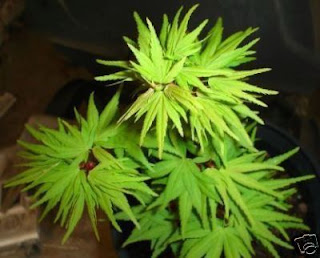By Julia Robertson
While it is true that you will spend more time on rose maintenance than most other plants, the care you give them during the growing season can be done easily while simply enjoying the blooms. Many people choose not to grow roses because they believe that they entail too much work.
Following these simple steps will make your roses beautiful and keep the plants healthy.
Fertilize your plants every three weeks during active blooming with a complete fertilizer formulated for roses. Roses need a balanced diet, as do most plants. You will want to choose fertilizer with nitrogen, phosphorus and potassium. This is often made easier by simply choosing one of the many brands of rose food available at any home and garden center.
Watch closely for pests and diseases and react quickly to destroy them. Black-spot, mildew, and blight together with insects, such as Japanese beetles, are some of the more troublesome rose disease and insect problems. Control is easy and prevention is practical with the regular use of chemicals that controls most fungal diseases and detrimental insects. Use pesticides labeled for roses as needed and weekly fungicide applications to control powdery mildew and black spot. Always apply according to label directions.
If you do not care to use pesticides on your plants there are organic methods for dealing with many insects. Pesticides do not differentiate between the good bugs and the bad ones and you do not want to kill beneficial insects. There are organic soaps available for purchase that will deal with most insects. You can also purchase beneficial insects at your local nursery like the praying mantis or lady bugs.
Roses require about an inch of water per week per bush. Watering bushes during dry periods will ensure continuous flowering during the growing season. Drip irrigation is best to water slowly, thoroughly, and deeply without wetting foliage.
This can be accomplished by purchasing soaker hoses. These hoses are snaked through your rose bed, preferably under the mulch to hide the hose, and attached to a regular hose when watering. This way watering is a simply matter of just turning on the spigot once a week. Keep the plants mulched with pine needles or bark to conserve water, cool the soil and discourage weeds.
Remove spent blooms to keep plants blooming and encourage new growth. Cut flowers regularly to enjoy inside as well. Practice disbudding to encourage the growth of larger blooms. Disbudding is the early removal of bloom buds. This practice removes the competition for nutrients to the buds that remain.
On Hybrid Tea roses, you will see that the terminal bud is the first to form. This is the bud on the very tip of the stem. Shortly after, secondary buds are formed around the terminal bud. Removal of these secondary buds early on sends the rose’s energy to the terminal bud producing the larger bloom.
The removal of these secondary buds should be done early in their development. You simply pinch them off with your fingers.
When walking through your rose garden, look for any diseased canes, dead wood, and/or suckers. Cut these away anytime they occur, but do not prune severely in the summer.
Finally, pull out any weeds as soon as you see them. Once different weeds get established in your garden, they can be difficult to control. I would advise to never use any type of weed killer – regardless of what the commercials may say – around your roses.
The roots are very close to the surface and even the most careful application can result in the death of half of your favorite bush. It is an avoidable nightmare.



